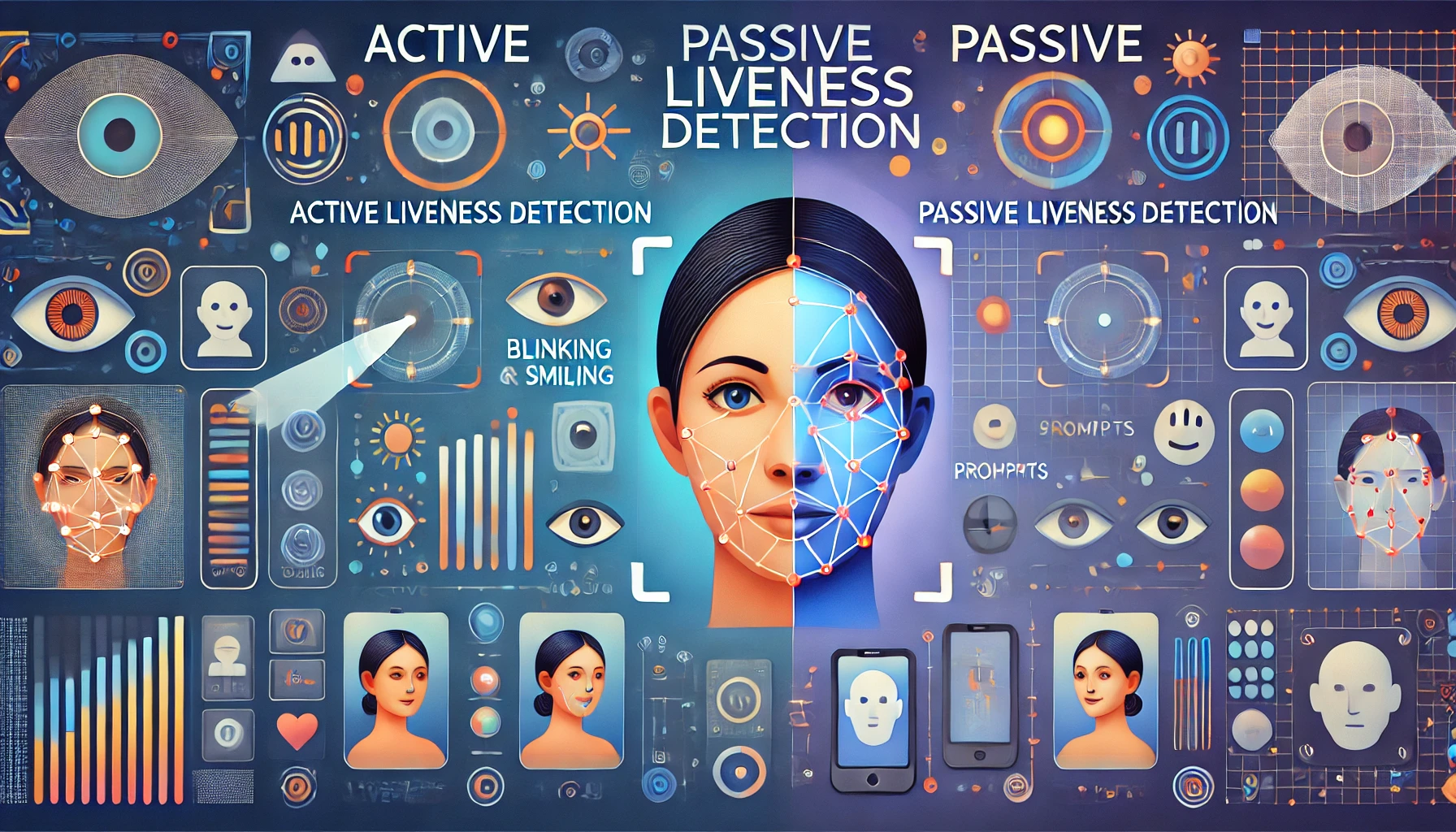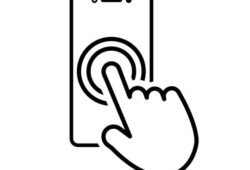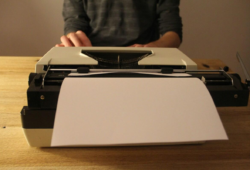What is better: Active Liveness or Passive Liveness Detection?
 Posted On
Posted On
Biometric security systems have become a vital part of our daily lives as technology has advanced, and they are utilized for a variety of purposes ranging from unlocking mobile phones to accessing various internet services. Biometrics, which are unique and different biological traits, are currently used to verify persons, ensuring that only real people have access to services and privileges. However, imposters have become more skilled as technology has advanced, and they have devised malicious techniques to spoof biometrics. This is where liveness detection software comes into play, ensuring precise verification and preventing fraudulent identities.
What is Face Liveness Detection?
In a world where remote authentication (such as accessing apps on your phone while sitting at home) is so popular, having a means for detecting online liveness becomes critical.
This piece of technology seeks to add a much-needed layer of protection to the identification process by detecting facial features on a 2D plane while also adding depth perception. This allows it to record and measure extra factors that are not possible with traditional 2D picture reconstruction.
By recording this depth-sensitive information, it generates a 3D map of your face that includes additional details such as face curvature, distance between the eyes, and so on. This additional information prevents someone from mimicking your face using a picture or something similar. This is why the technology is also known as 3D liveness detection.
Types of Liveness Check
Facial liveness detection, also known as 3D liveness detection, is classified into two types based on the process by which it works:
-
Active Liveness Detection
Active liveness, as the name implies, is a more active and complex technique of determining liveness that requires user participation. This type of authentication requires the user to execute a face action in order to determine whether or not a real person is there. This may include turning your head, smiling at the camera, and so on.
The algorithm then examines the user’s response to these ‘challenges’. It checks to see if the movements are natural and are suggestive of actual human movement rather than some type of film.
This type of facial liveness is more spoofing and imitation-proof because it requires active participation. However, this means that each authentication attempt takes somewhat longer to complete than its counterpart.
-
Passive Liveness Detection
Passive Liveness is a more seamless approach for detecting face liveness that does not involve the user’s manual engagement. This technique aims to detect liveness in the input by detecting tiny face movements that occur naturally in humans. These can include blinking, compression of the skin texture, and so on.
This type of detection can result in a substantially faster facial recognition procedure, which is typically hidden. However, the fact that no specific input is required makes it slightly less secure.
Advantages of a Passive Liveness Check
There are several benefits of passive liveness detection that can be used on various platforms to ensure scam-free operations. Here is what this technology has to offer:
- Unlike active liveness check, this detection doesn’t involve any actions to perform such as blinking, smiling, movement of the head, and more. This is an easy process and captures the natural movements of the individuals for verification.
- This system can detect spoofing attempts like silicon masks, pictures, and fake videos. It can instantly distinguish between real and fake content ensuring only legitimate users can get access.
- As this process doesn’t include any actions to perform like blinking and smiling, so it doesn’t take time. It is a user-friendly and hassle-free process of verification.
- This liveness detection doesn’t involve any expensive cameras but it can detect the spoof from the cameras in mobile phones and laptops. It is a cost-effective process for streamlining verification procedures in businesses.
Conclusion
Detecting liveness during a facial biometric authentication procedure has become a critical technique in the world where these authentication technologies are utilized to access sensitive data and systems. Because both Passive and Active Liveness detection have distinct advantages, a hybrid system may be the ideal authentication method. Besides, the finest liveness monitoring systems include active and passive detection. In this approach, the system first performs a passive liveness check. If it finds any anomalies, it will request an active liveness check from the user. This results in the most secure authentication system for facial detection.


